Sunrun readies 130,000+ home batteries for summer grid support
Nation’s largest virtual power plant operator preps 650 MW of dispatchable capacity across U.S. as Congress mulls ending the tax credits for homeowners that made this possible
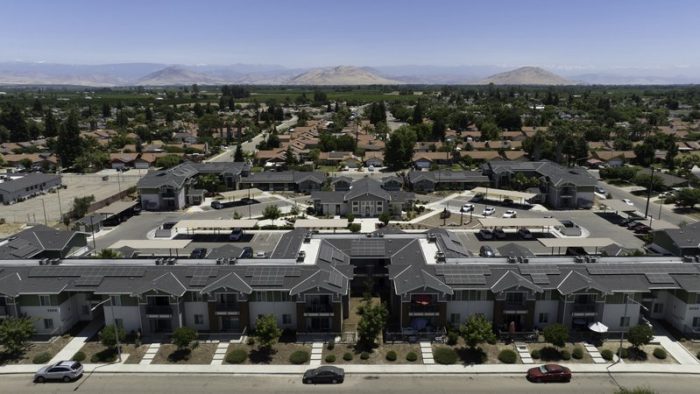
As Congress considers eliminating tax credits for homeowners that made home solar and battery storage affordable, Sunrun is gearing up for another big summer of virtual power plant (VPP) dispatches that will demonstrate the wide-ranging impact of the incentive. The leading residential solar and storage installer has more than 130,000 of its home battery systems—roughly two-thirds of its fleet—ready to deliver up to 650 MW of on-demand power to the grid during peak hours.
That level of capacity is equivalent to the output of a nuclear power plant and could power a city the size of Austin, Texas. And it comes not from a centralized generator, but from thousands of rooftop solar and battery systems installed across homes in more than a dozen states.
“America is entering a period of insatiable, hockey-stick energy demand driven by manufacturing, data centers, and AI,” said Sunrun CEO Mary Powell. “Sunrun’s laser focus on pairing storage with solar puts us in a position to rapidly bring new generating capacity online to stabilize the grid and help lead the nation toward energy independence.”
Home batteries now a key grid asset
Sunrun says it’s operating 17 grid service programs across the U.S., offering utilities a fast-track solution to rising peak demand without building new centralized infrastructure. These VPPs aggregate and dispatch battery power from enrolled homes during critical grid stress windows, helping prevent outages and reduce costs for both utilities and ratepayers.
In the first quarter of 2024, Sunrun’s storage attachment rate reached nearly 70%, and the company now accounts for about half of all new home battery installs in the U.S., making it the largest distributed battery operator in the world.
That trend has enabled Sunrun to ramp up dispatch activity in several key markets:
- California: In one recent two-hour event, Sunrun’s California VPP dispatched more than 300 MW across the state.
- Texas: During an early heat wave, Sunrun delivered emergency peak power for two retail electricity providers, helping stabilize customer rates.
- Arizona: Arizona Public Service activated Sunrun’s fleet for three consecutive days of grid support amid unseasonably hot weather.
- New York: Orange and Rockland Utilities have called on Sunrun’s VPP—the largest in the state—multiple times already this year.
- Puerto Rico: Sunrun’s batteries have responded to 26 emergency dispatch requests from LUMA since January, filling in gaps left by failing centralized generators.
The company’s ability to respond within months to utility needs—compared to the years-long timeline of traditional infrastructure upgrades—is becoming a key selling point. As Powell noted earlier this year, the company’s VPP fleet is now “rivaling the output of fossil fuel plants” in some regions.
Tax credits and the future of distributed infrastructure
Sunrun’s subscription model plays a big role in enabling this level of responsiveness. By bundling storage and service under one monthly payment, Sunrun can aggregate, monitor, and dispatch energy from hundreds of thousands of homes as one unified asset. It’s the kind of distributed infrastructure that is being enabled by tax policy like the 48E investment tax credit—and could be at risk if that policy is rolled back.
With electric demand rising and traditional peaker plants growing more expensive to operate, Sunrun’s model is gaining traction with utilities seeking non-wires alternatives. VPPs like Sunrun’s have been highlighted by regulators and analysts as cost-effective tools for improving reliability and avoiding or deferring expensive transmission upgrades.
For more on Sunrun’s virtual power plant operations, see our prior coverage:
- Sunrun’s 2024 VPP output rivals a fossil fuel power plant
- How Sunrun and PG&E are solving California’s grid constraints with a new VPP

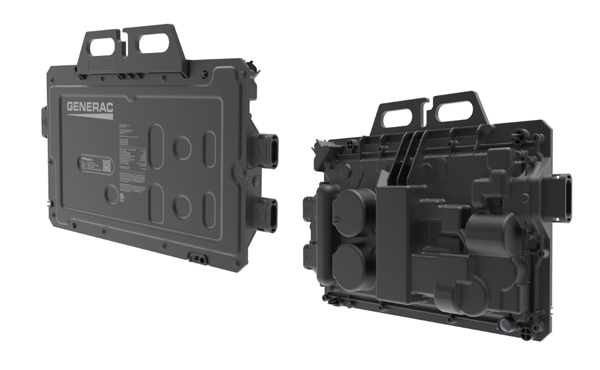
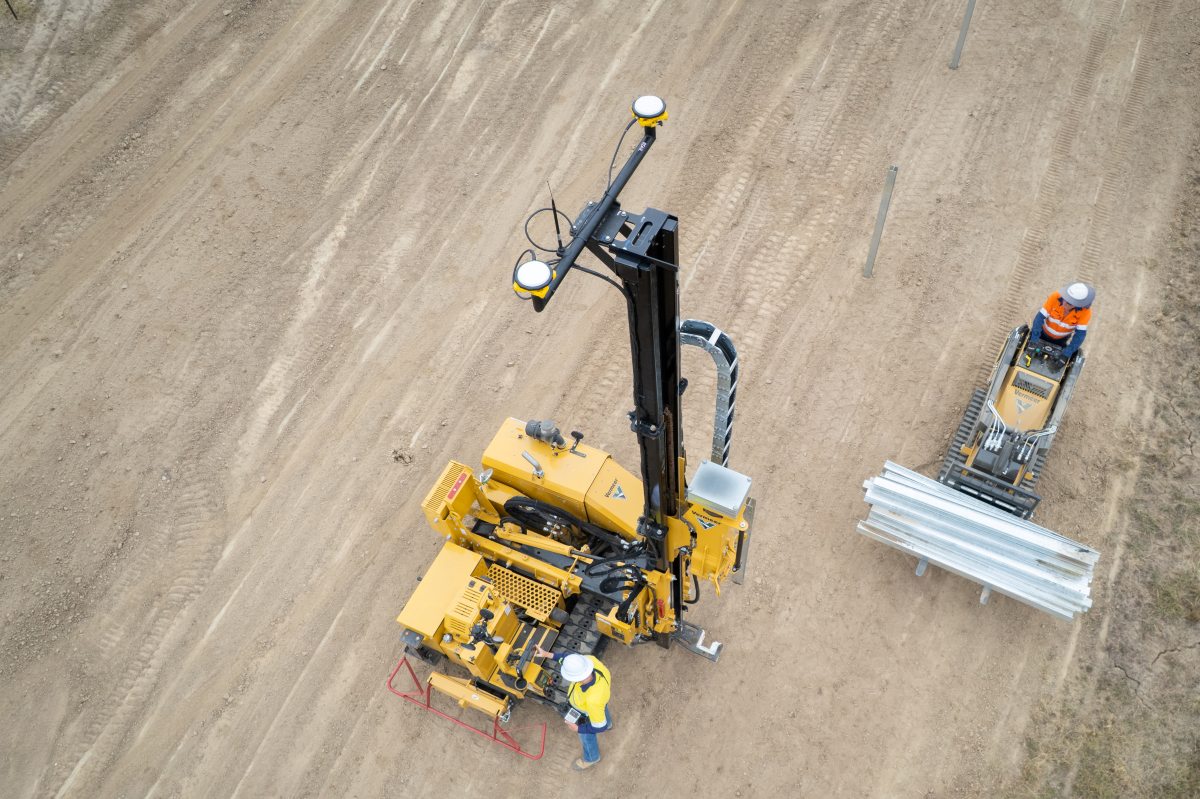
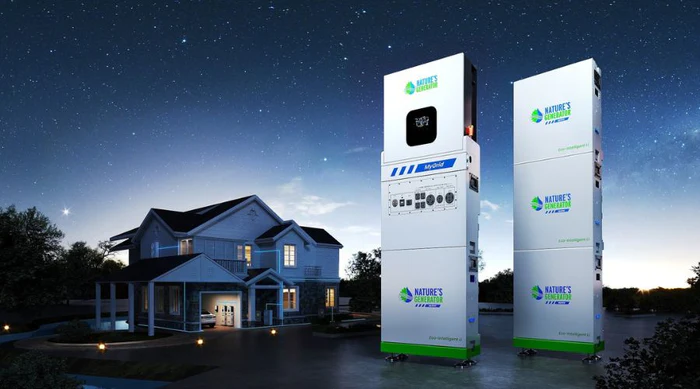
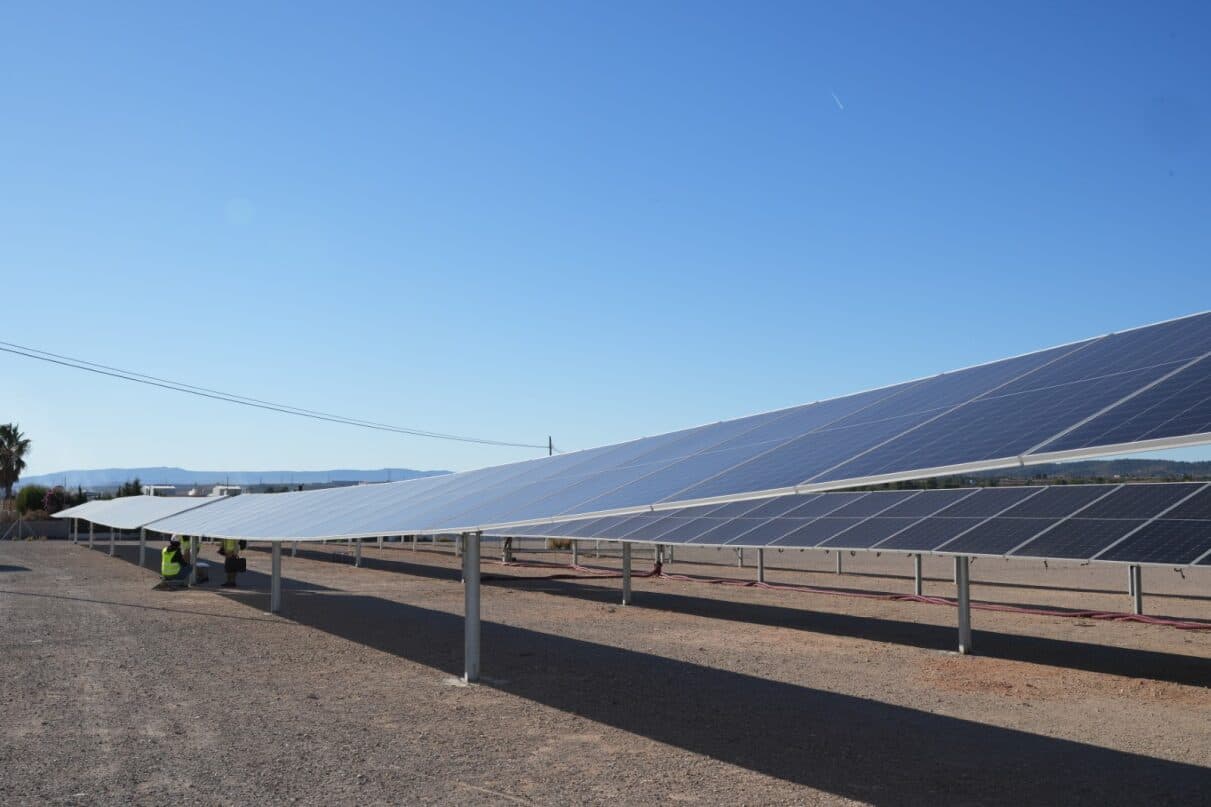
Comments are closed here.